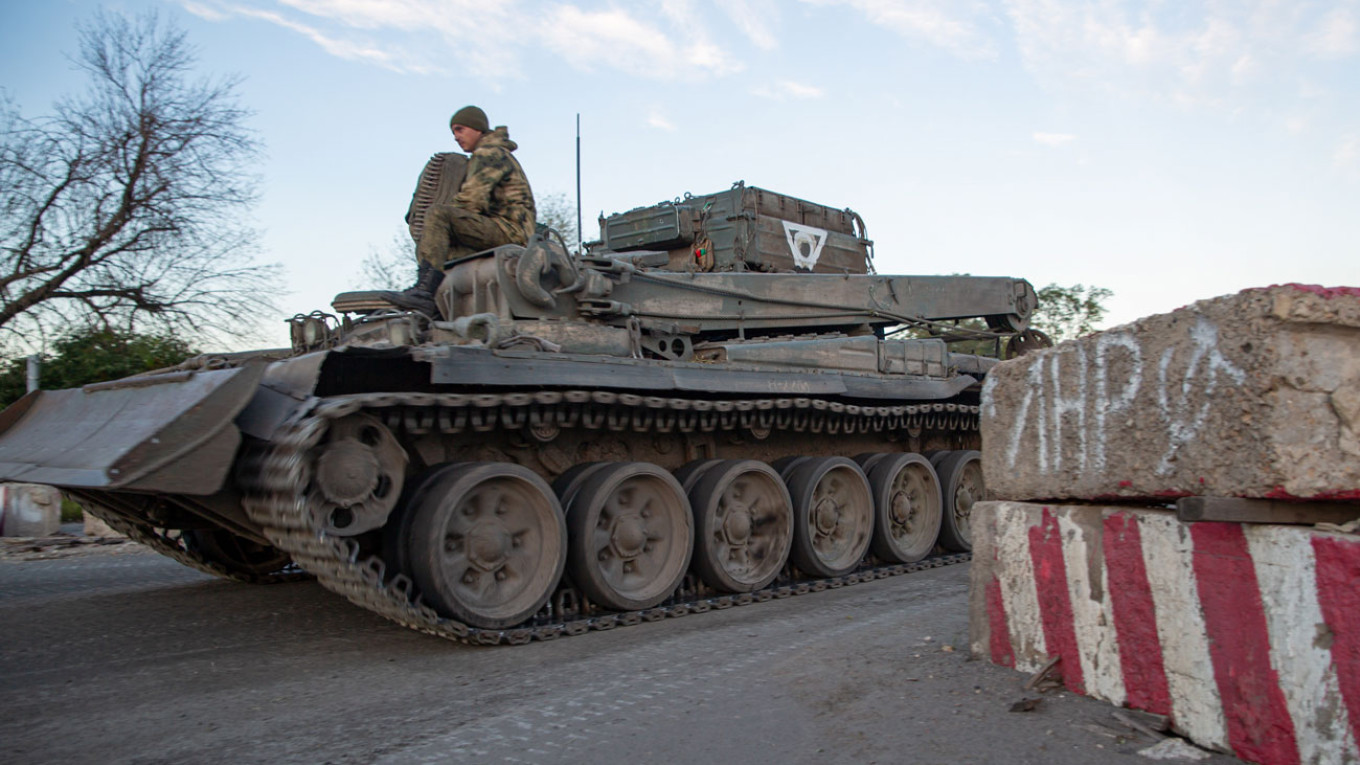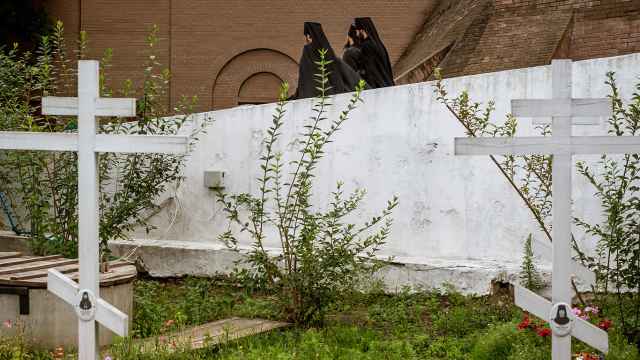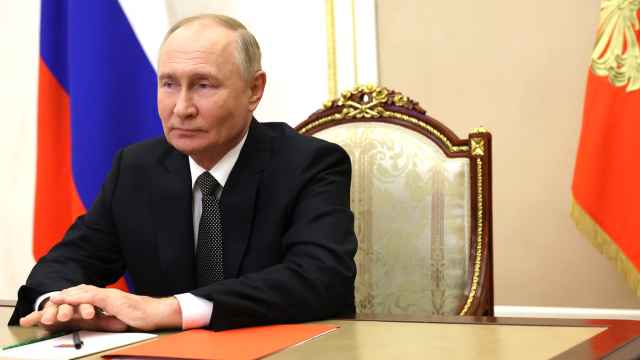Ukraine’s successful counteroffensive in the northeastern region of Kharkiv has severely reduced Russia’s military capabilities and means Moscow will be unable to achieve its current war aims, analysts said Tuesday.
“The overall situation for Russia is becoming increasingly difficult,” said Konrad Muzyka of Poland-based Rochan Consulting.
“It will be up to Ukraine to decide when, where and how it will regain territory.”
Ukrainian President Volodymyr Zelensky said in his nightly address Monday that Kyiv’s forces had taken back 6,000 square kilometers of territory as a result of fighting in the country’s Kharkiv and Kherson regions. Video footage and photos from the battlefield suggested Russian troops abandoned large amounts of equipment — including tanks and armored vehicles — in their retreat.
As the scale of Russia’s defeat became clear, analysts said losses of men and equipment meant Moscow would be unable to mount any major attacks in the near future.
Ukraine has captured or destroyed at least 151 Russian infantry fighting vehicles and 104 tanks in the last two weeks, according to Oryx, a blog that uses open-source data to track equipment losses in the fighting.
In a rare admission, pro-Kremlin war correspondent Alexander Sladkov said on state television Tuesday that Russia had lost “an enormous number of people” in the recent fighting. Russia does not release official casualty figures.
During their counteroffensive, Kyiv’s forces seized the strategic cities of Kupiansk and Izyum in Kharkiv region, cutting crucial Russian supply lines to the Donbas.
Russian forces have reportedly since retreated to the border between the Kharkiv region and the Russian-backed separatist-controlled Luhansk region, where they have begun fortifying against further attacks.
“Russians are setting up defensive positions 10 kilometers east of the Oskil River but we don't know… [whether there is ] a viable line of defense,” Muzyka said.
Russia’s Defense Ministry, which has described the Kharkiv region retreat as a “regrouping,” said Tuesday that its Armed Forces had launched "massive strikes" against Ukrainian positions and that Ukraine had lost “hundreds” of soldiers in attacks by Russian aircraft.
Ukrainian troops are likely taking time to consolidate their positions, according to analysts, meaning the lightning advances of the past week are now at an end.
“It seems that Ukraine is undergoing an operational pause to restore combat capability after everything that happened in Kharkiv,” Muzyka said.
Kyiv’s successes mean that Moscow’s goal of gaining control over the entire Donbas region is now likely unrealizable in the short-term.
In particular, Russia is no longer able to pressure key towns like Sloviansk in the Donetsk region — a part of the Donbas — from the north.
“The Russian effort to take the Donbas… is done,” Michael Kofman, director of the Russia Studies Program for the Virginia-based think tank CNA, said on the War on the Rocks podcast Monday.
Ukraine may now seek to attack the Luhansk region, also part of Donbas, which Moscow fully captured in June following a bloody battle for the city of Lysychansk.
At the same time, Ukraine is likely to continue pressing Russian forces around the city of Kherson in the south of the country.
“Kherson is not a feint nor was it designed to draw Russian forces away from Kharkiv,” Rob Lee, military analyst at the Foreign Policy Research Institute, tweeted Tuesday.
“Ukraine is trying to achieve gains in both areas.”
Most experts appeared to believe that Ukrainian advances are likely to continue.
“We may be seeing the beginning of the third phase of the war where Russia is on the defensive and Ukraine will be conducting counteroffensives,” Muzyka said.
“Ukraine is becoming increasingly capable of repelling Russian forces back to February’s borders,” Muzyka said. “But we are in the early stages of that.”
A Message from The Moscow Times:
Dear readers,
We are facing unprecedented challenges. Russia's Prosecutor General's Office has designated The Moscow Times as an "undesirable" organization, criminalizing our work and putting our staff at risk of prosecution. This follows our earlier unjust labeling as a "foreign agent."
These actions are direct attempts to silence independent journalism in Russia. The authorities claim our work "discredits the decisions of the Russian leadership." We see things differently: we strive to provide accurate, unbiased reporting on Russia.
We, the journalists of The Moscow Times, refuse to be silenced. But to continue our work, we need your help.
Your support, no matter how small, makes a world of difference. If you can, please support us monthly starting from just $2. It's quick to set up, and every contribution makes a significant impact.
By supporting The Moscow Times, you're defending open, independent journalism in the face of repression. Thank you for standing with us.
Remind me later.







